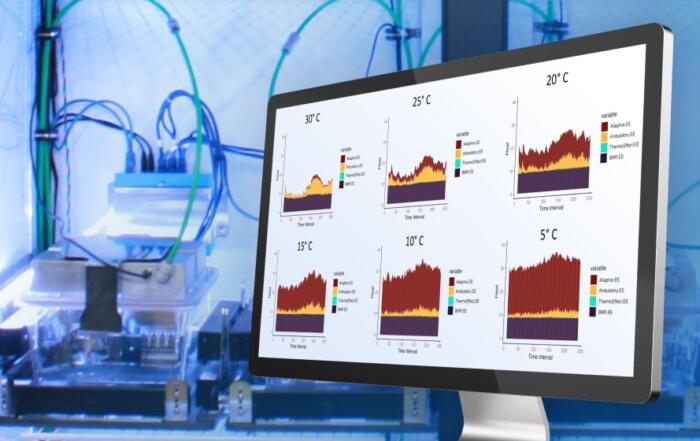Visualizing the complex spatiotemporal dynamics of human stem cells as they proliferate and make cell fate decisions is key to improve our understanding of how to robustly engineer differentiated tissues for therapeutic applications.
To watch this webinar, please contact Yokogawa: info@us.yokogawa.com.
In this webinar, Dr. Rafael Carazo Salas describes multicolor, multiday high-content microscopy pipelines that his group has recently developed to visualize the dynamical cell fate changes of human Pluripotent Stem Cells (hPSCs). In particular, he reviews the integrated experimental and computational approaches that his group has established, including novel “live” reporters of cell fate and multi-reporter hPSC lines generated by CRISPR/Cas9 allowing multiplexed monitoring of cell proliferation and fate dynamics, and exemplify the biological discoveries they are enabling.
Key Topics Include:
- Visualizing how human Pluripotent Stem Cells (hPSCs) proliferate and undergo early differentiation in vitro, by high content microscopy
- Learning about experimental and computational pipelines that enable cell fate monitoring at the collective and single-cell level
- Learning about novel “live” reporters of hPSC cell fate
Resources
To retrieve a PDF copy of the presentation, click on the link below the slide player. From this page, click on the “Download” link to retrieve the file.
Presenters
Professor
School of Cellular and Molecular Medicine
University of Bristol






